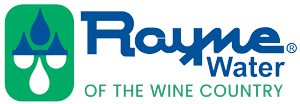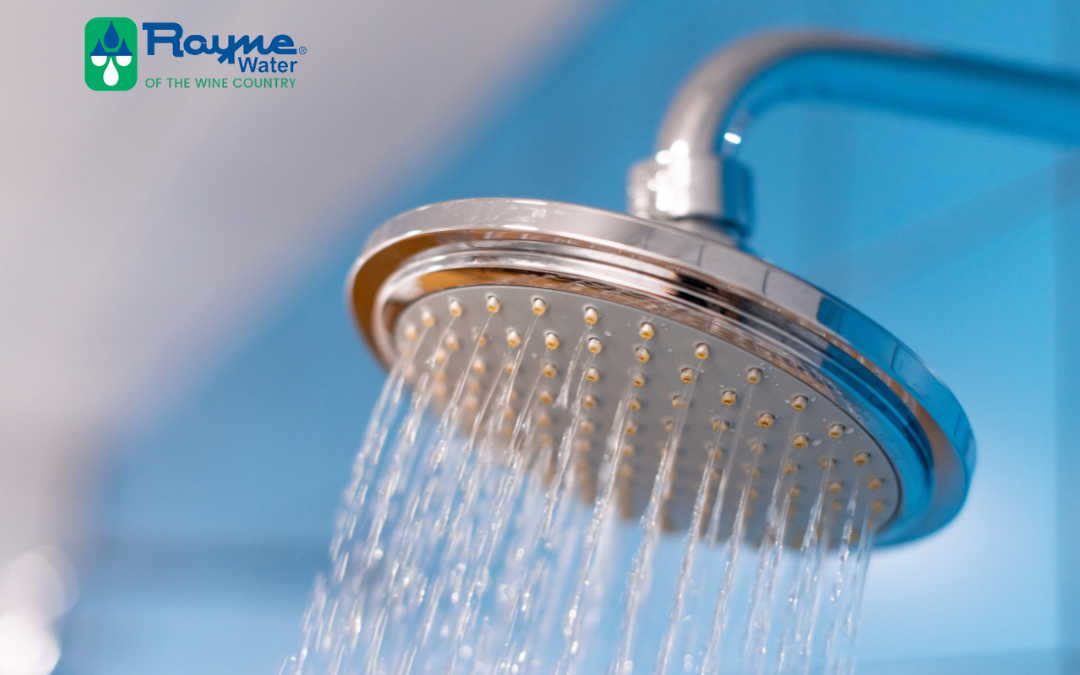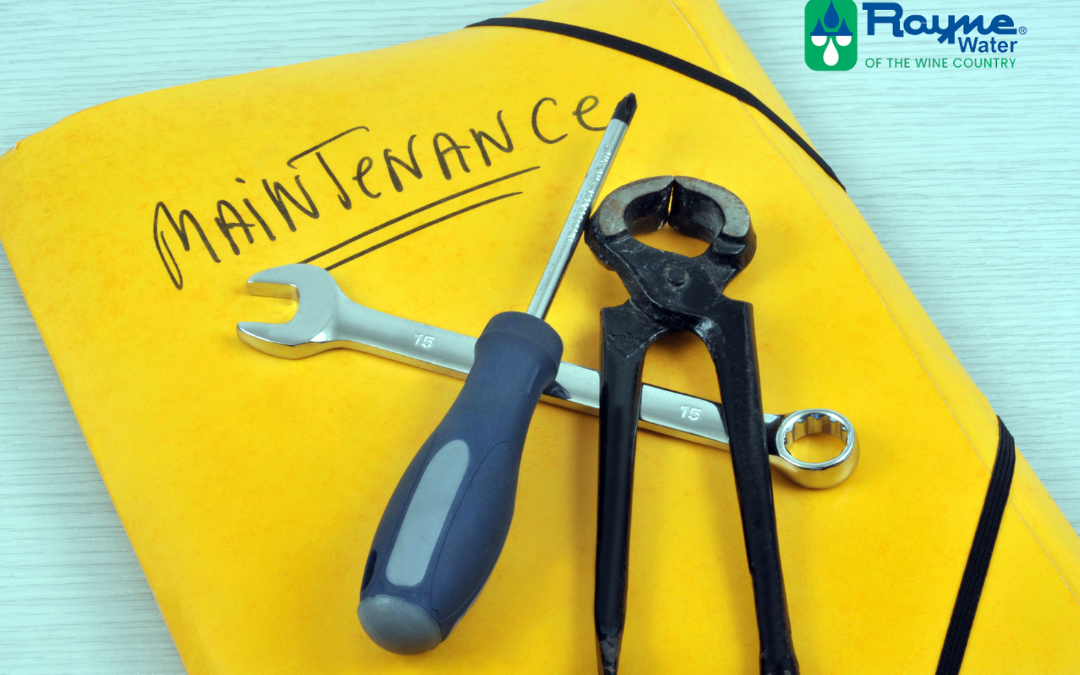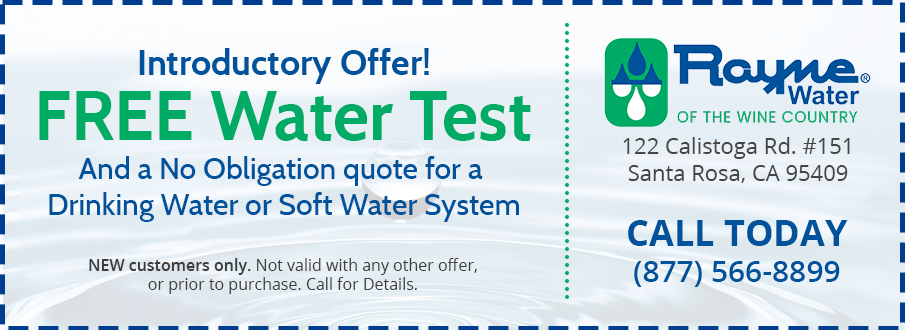Water, the elixir of life, isn’t always as pure as it seems. For many homeowners, dealing with hard water is a constant struggle, leaving behind mineral deposits and reducing the efficiency of household appliances. Thankfully, water softening solutions offer respite, but choosing between in-home water softeners and portable exchange tank service can be perplexing. Let’s delve into the world of water softening to unravel the differences, benefits, and considerations of each.
How does water softening work?
Before diving into the comparison between water softeners and portable exchange tanks, let’s look at how water softening works and why it’s necessary.
First, let’s define hard water. Hard water is water that is characterized by high levels of dissolved minerals, typically calcium and magnesium ions. These minerals cause limescale buildup and can wreak havoc throughout your home.
Homeowners with hard water often experience things like plumbing problems or appliances that wear out faster or don’t work as efficiently as they should. Water softeners can help eliminate hard water issues like these by replacing calcium and magnesium ions with sodium ions through a process called ion exchange.
In-Home Water Softeners
In-home water softeners are fixed systems directly connected to your plumbing. They typically consist of a mineral tank filled with resin beads that attract and trap calcium and magnesium ions. When the resin becomes saturated, the system initiates a regeneration process. This flushes the trapped minerals out and replenishes the resin with sodium ions from a brine tank.
Pros of In-Home Water Softeners:
- Continuous Soft Water Supply: Once installed, in-home water softeners provide soft water around the clock. This ensures that every faucet and appliance benefits from softened water.
- Customization Options: These systems can be tailored to suit the specific needs of your household, adjusting regeneration cycles based on water usage patterns.
- Cost-Effectiveness Over Time: While the initial investment and maintenance costs may seem significant, in-home water softeners prove cost-effective in the long run by prolonging the lifespan of appliances and reducing cleaning efforts.
Cons of In-Home Water Softeners:
- Installation Complexity: Installing an in-home water softener requires plumbing expertise and space for the system, which may not be feasible for all households.
- Limited Mobility: Once installed, the system is stationary, making it unsuitable for renters or those planning to move.
- Salt Discharge: The regeneration process involves the use of salt, which raises concerns about sodium levels in the water and environmental impact.
Portable Exchange Tank Service
Portable exchange tanks, also known as soft water delivery, offer a convenient alternative to traditional in-home systems. With this service, a water treatment technician delivers pre-softened water to your doorstep, exchanging depleted tanks for fresh ones on a regular basis.
Pros of Portable Exchange Tanks:
- No Installation Hassle: Since the system is external, there’s no need for installation or modification to your plumbing. This makes it an ideal soft water solution for renters or temporary residents.
- Flexibility: You can adjust the frequency of tank exchanges based on your water consumption. This ensures you always have access to soft water without the commitment of a permanent system.
- Eco-Friendly: Since portable exchange tanks do not require a drain, no salt is released into sewers or septic systems. This helps to reduce environmental impact and is a great solution for residents of towns where traditional salt-based softeners are banned.
Cons of Portable Exchange Tanks:
- Ongoing Costs: While the upfront costs may be lower compared to in-home systems, portable exchange tank services involve recurring fees for water delivery and tank exchanges.
- Dependency on Service Provider: Your access to soft water relies on the timely delivery and exchange of tanks by the service provider. This may pose an inconvenience if there are service delays or disruptions.
- Limited Control: Unlike in-home systems where you can adjust settings, portable exchange tank services offer less control over water softening parameters.
In-Home Water Softeners vs. Portable Exchange Tanks: Which Soft Water Solution Is Best?
Choosing between in-home water softeners and portable exchange tank soft water delivery boils down to your priorities, lifestyle, and budget. If you value convenience, flexibility, and mobility, portable exchange tank services might be the perfect fit.
In contrast, if you seek a long-term solution with greater control and cost-effectiveness, investing in an in-home water softener could be the way to go. Ultimately, both options offer relief from hard water problems, allowing you to enjoy the benefits of soft, luxurious water in your home.
At Rayne of the Wine Country, we’re committed to helping YOU find the best soft water solution for YOUR household. We’ll help you evaluate your household needs and find the best option to fit within your budget. Contact us today and get started on the road to soft, quality water at home!




